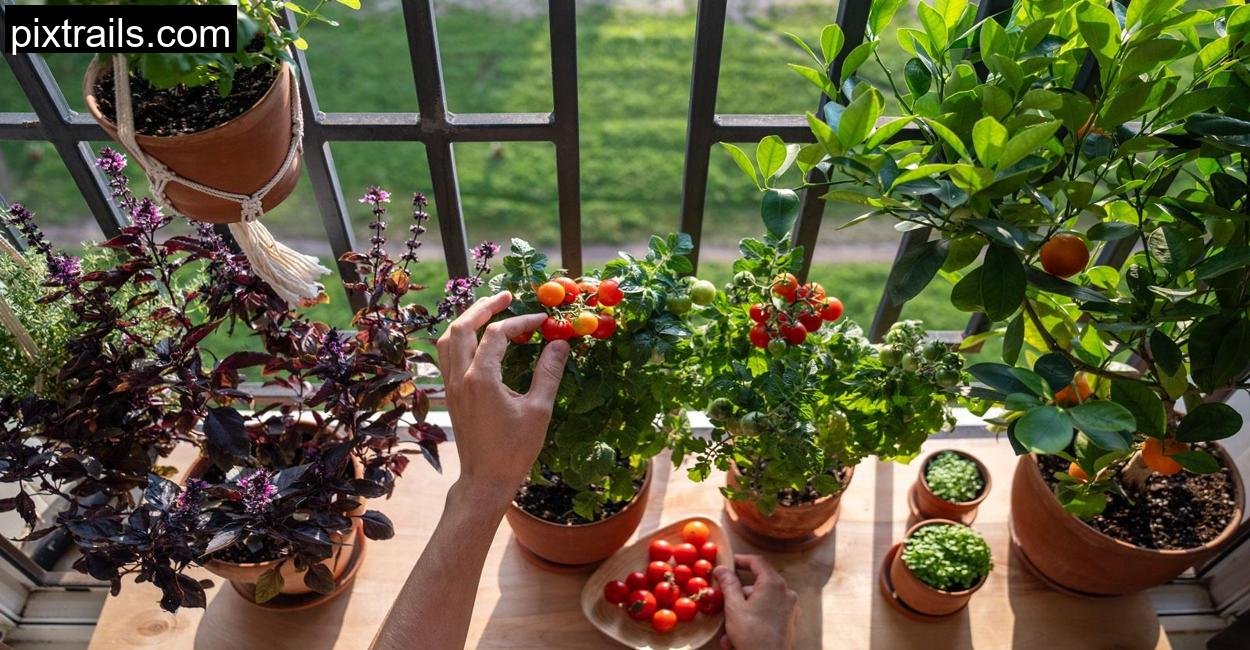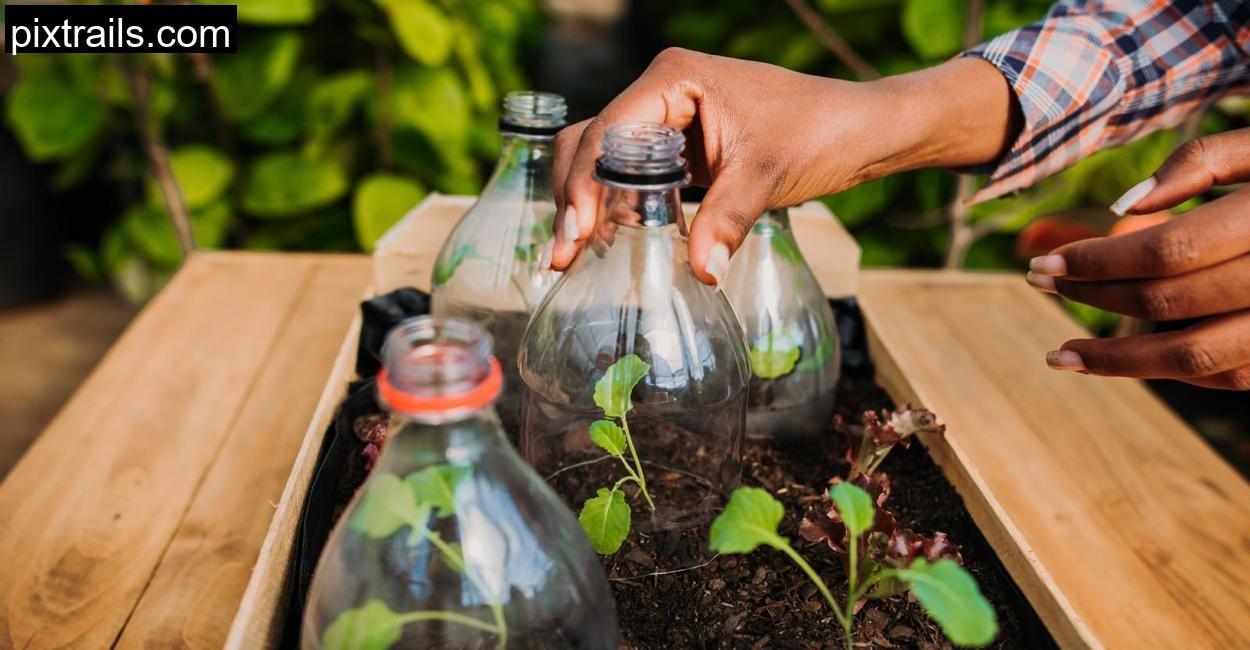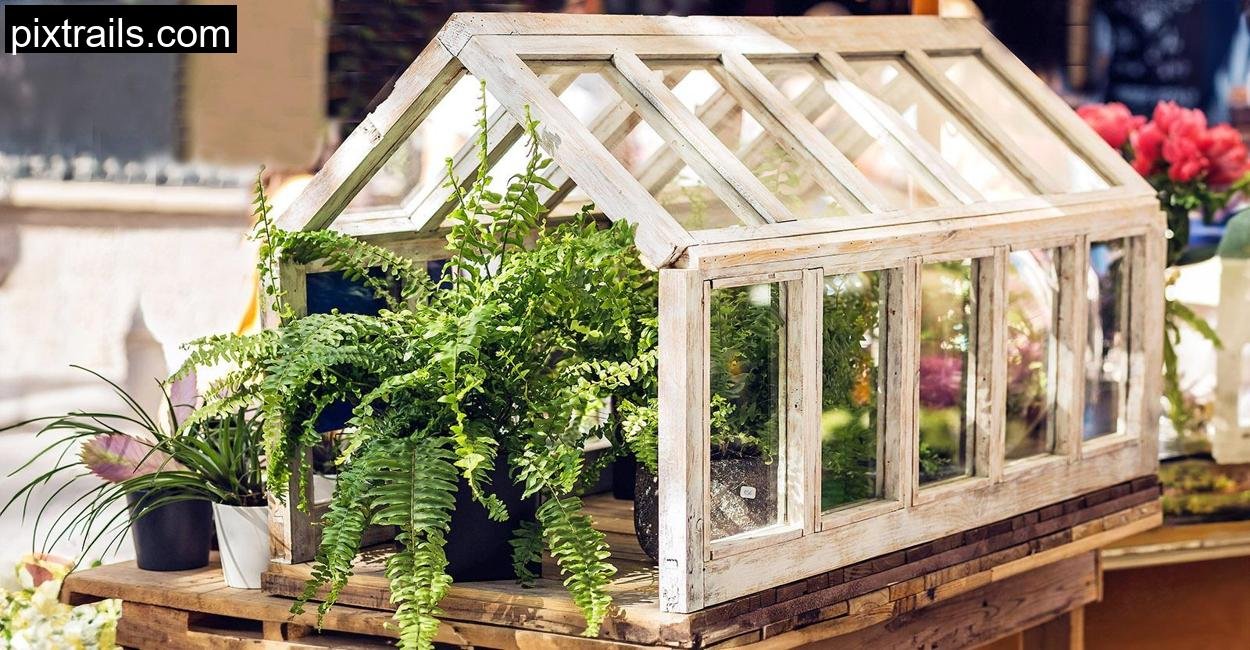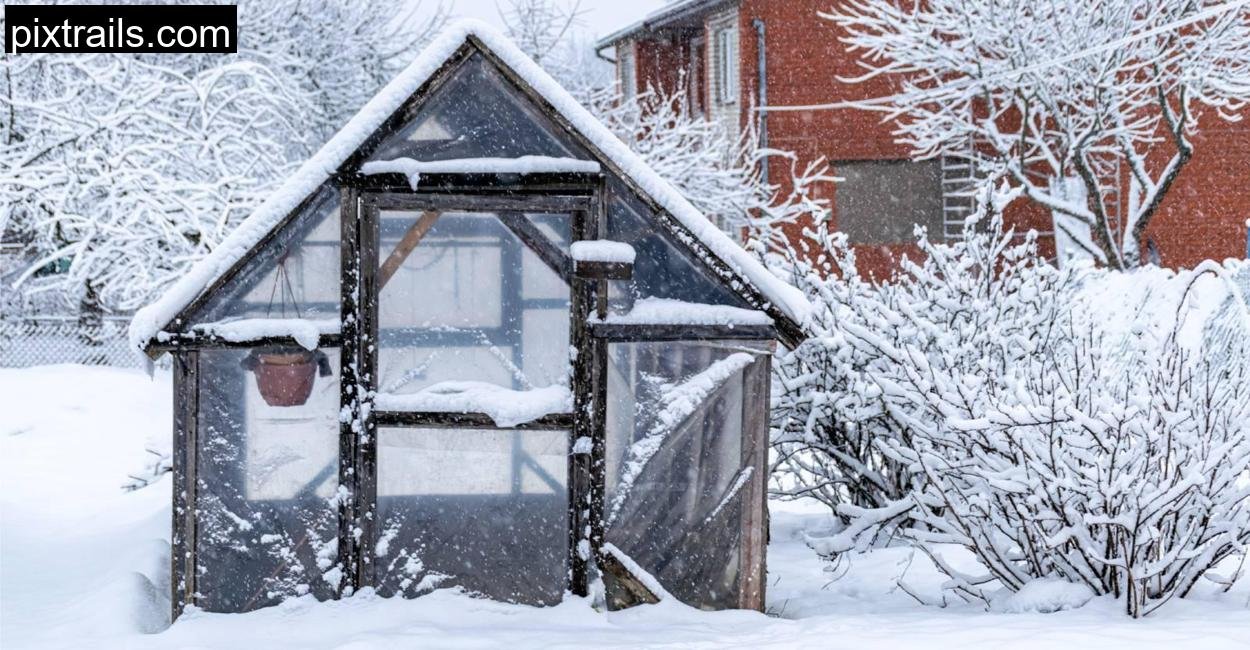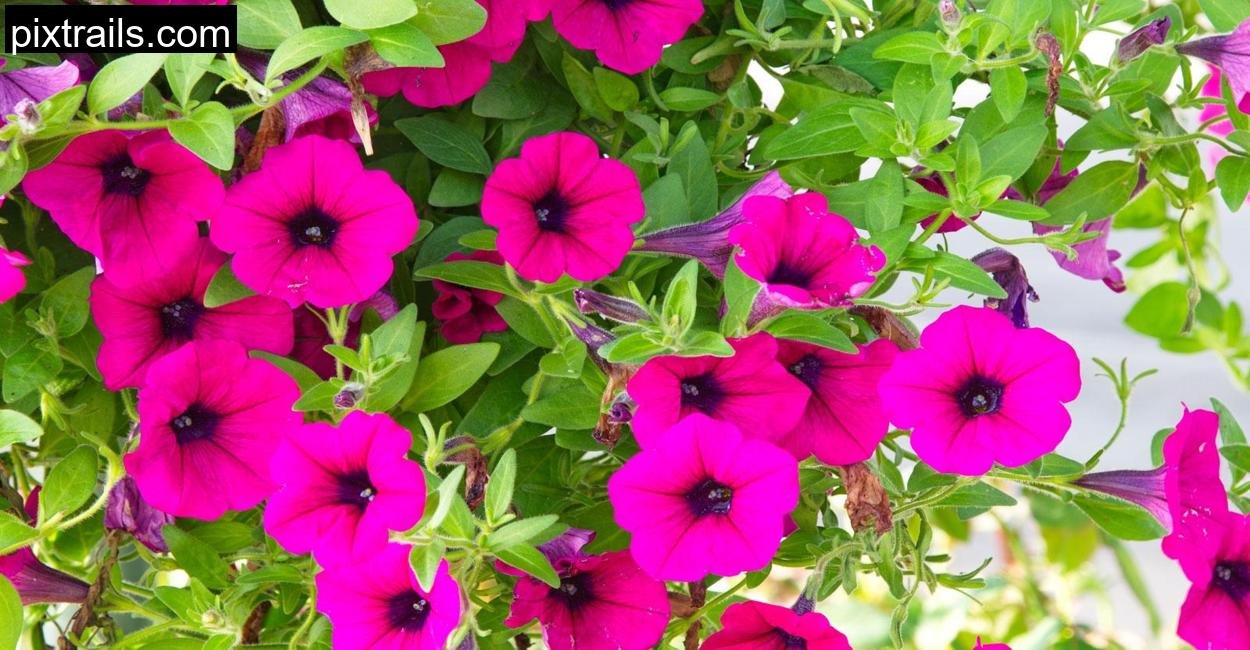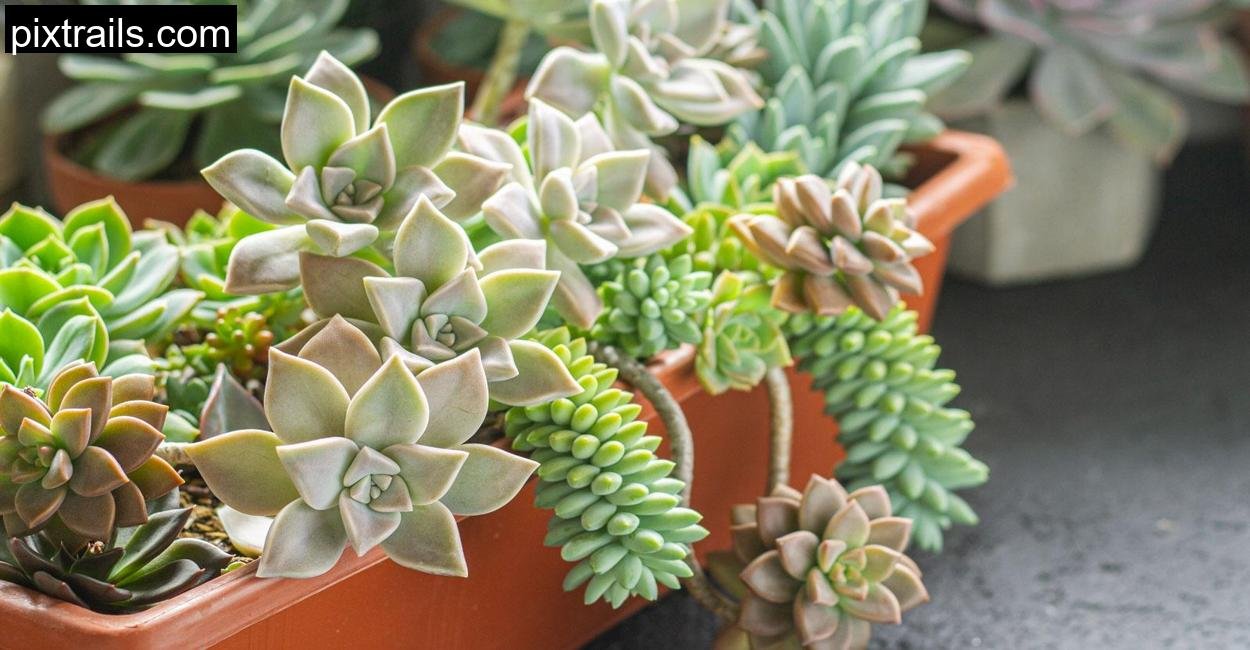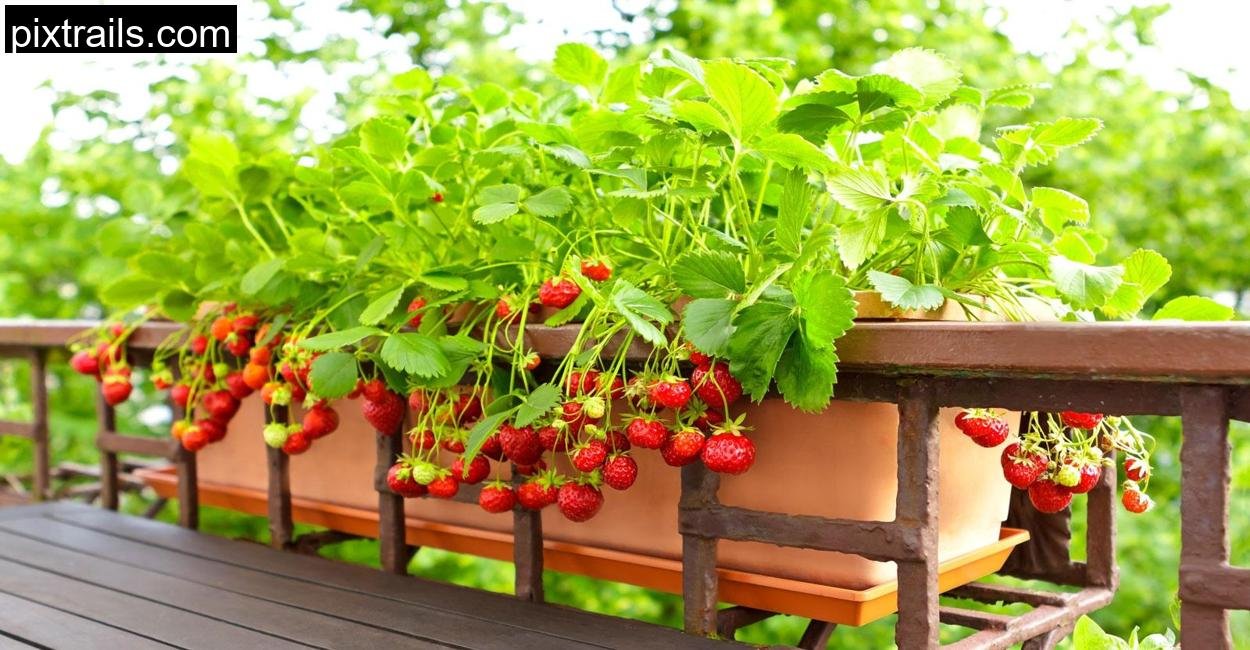The scent of moist soil has always calmed me. Even in the tight squeeze of an urban balcony where noise hums constantly and concrete looms tall, I found something magical in watching green shoots break through the earth. But here’s the catch: I didn’t have the budget for fancy raised beds, expensive compost blends, or sleek planters. What I had was curiosity, a few half-dead pots, and a need to grow something real. This blog isn’t about perfection, it’s about trial and error, hands in the dirt, and discovering that even the cheapest hacks can lead to the most satisfying harvests.
Let me take you into my container garden story, full of scrappy ideas, honest victories, a few flops, and real joy.
The First Pot: From Grocery Greens to Balcony Bounty
I’ll never forget the first thing I “planted.” It wasn’t from a seed packet or a nursery tray. It was the root end of a wilting lettuce head from my fridge. Out of sheer curiosity, I stuck it in an old yogurt tub filled with some garden dirt from a nearby park. I kept it near the window, watered it with leftover tea water, and waited.
A few days later, new leaves poked out like shy whispers. That tiny miracle lit something in me. If a discarded grocery scrap could do this… what else could I grow?
Grow Cut-and-Come-Again Crops: More Food, Less Effort

After the lettuce came spinach. Then kale. And oh, Swiss chard. These were not crops I planted once and forgot. These were ongoing performers. I’d snip leaves for my sandwiches or stir-fries and watch them regenerate like they had something to prove.
One morning, I made a frittata with beet greens, mache, and baby cress, all harvested from different mismatched pots on my balcony. I felt like a farmer, a provider, a small-space magician.
Favorites That Keep on Giving:
- Lettuce (romaine, butterhead)
- Kale (especially dwarf curly)
- Swiss chard
- Amaranth (the greens!)
- Spring onions (never throw away those white ends)
You just need to harvest smartly, leave the crown, don’t tug the roots, and water gently. I now have a cut-and-come-again zone near the east wall, where the morning sun wakes them before I do.
Soil Hacks: Save on Soil, Fill Your Pots Smart
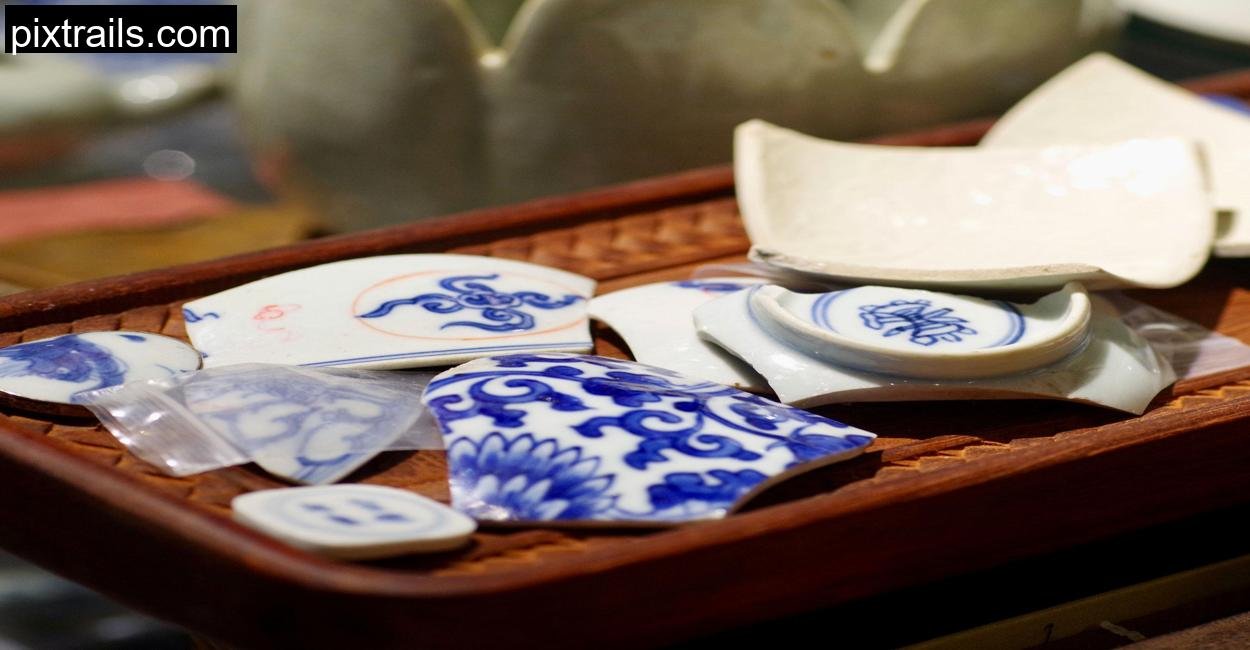
Here’s the thing nobody told me about container gardening, it eats up a lot of soil. And buying premium potting mix over and over is not what frugal dreams are made of.
My solution? I started filling the bottom halves of my larger containers with all kinds of “clean trash.” Broken tiles from a neighbor’s renovation. Pinecones from a park walk. Crushed milk jugs. Even a few wine corks and egg cartons.
This wasn’t just thrift, it made my pots lighter and better draining.
And then, I layered compost (more on that in a second) and finished with decent potting soil on top. No one sees what’s beneath the basil. They just smell the pesto.
Create Compost (Yes, Even in an Apartment)

I used to think composting was for people with backyards and wheelbarrows. Then I learned about countertop compost bins and bokashi systems. But what really changed the game for me was a small electric composter a friend gifted, a Reencle.
Now, every banana peel, tea bag, carrot top, and even stale bread goes in there. In just a few days, I have this dark, rich, earthy magic that my plants gulp like Gatorade. It’s quiet. Odorless. And incredibly satisfying.
If you can’t afford a unit, there’s the classic slow method, fill a bucket, stir weekly, and wait months. Messy? Yes. Worth it? Absolutely.
Pot Up Your Kitchen Scraps: Grow Without Spending a Rupee

Some of my most successful experiments began at the chopping board.
- Green onions: Just keep the white base and stick it in moist soil. Within a week, green shoots.
- Garlic: I planted a few forgotten cloves and now harvest garlic greens for flavor.
- Celery: That stubborn root base? It came back to life.
- Carrot tops: No, they won’t regrow carrots, but the greens are beautiful in pesto.
It became a game: what else could I save, regrow, and reuse? Even avocado pits became lush little houseplants. Pineapple tops too (though fruit takes years, mine’s still just a spiky roommate).
Self-Watering Planters: The Lazy Gardener’s Best Friend
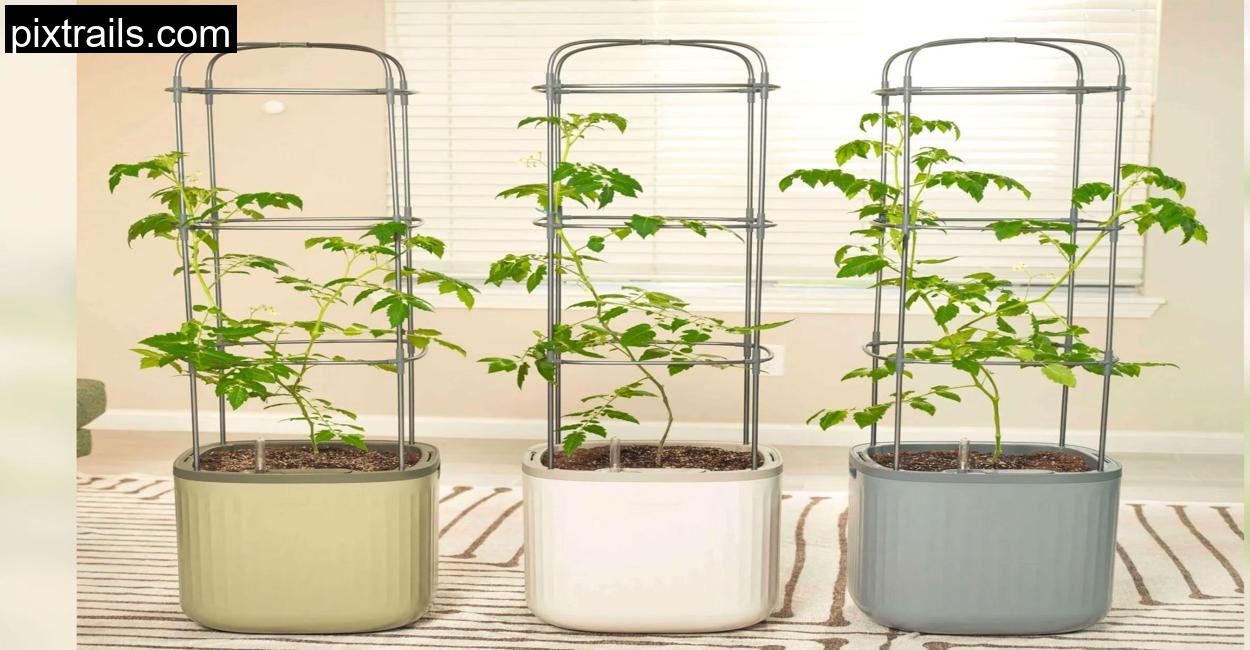
I admit it. I forget to water. Or worse, I overwater. That’s when I discovered self-watering containers, some store-bought, but others DIY.
I made one with a plastic bucket, cotton rope, and a second inner container with holes. Capillary action does the rest. I fill the bottom with water, and the plant takes what it needs.
Result? No wilted basil in midsummer. No cracked tomatoes. No guilt.
I highly recommend these for water-thirsty crops like:
- Tomatoes
- Cucumbers
- Peppers
- Eggplants
It also saves on your water bill and time, especially if you’re juggling work, kids, or, like me, an occasionally demanding cat.
Plant Perennials: Invest Once, Reap for Years
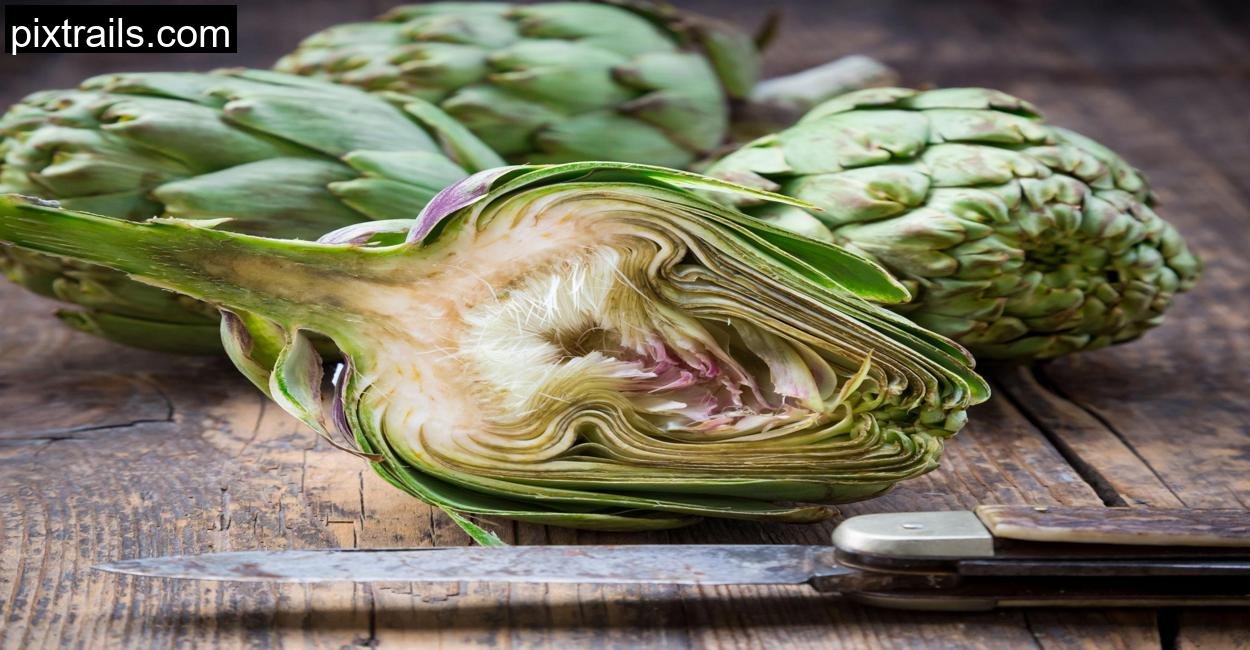
In my second season, I discovered the power of perennials. Rhubarb. Asparagus. Artichokes. They don’t look like much in their first year, but they’re loyal. They come back. Year after year.
My artichokes became conversation starters. My asparagus became a lesson in patience. Every spear that peeked through was a tiny celebration.
These plants feel like old friends. You don’t see them often, but when you do, it’s always worth it.
DIY Greenhouse: Start Early, Stay Ahead

You want to feel like a gardening genius? Make a greenhouse out of a clear plastic storage bin.
One cloudy March morning, I tucked in trays of tomato and pepper seedlings inside a bin, shut the lid, and placed it near my sunniest spot. The heat built up like a charm. Condensation glistened. Sprouts thrived.
I lifted the lid once a day to let it breathe. That’s it. The tomatoes were weeks ahead of everyone else at the community garden. I was proud.
Skip the Fancy Tools: One Hori Hori to Rule Them All
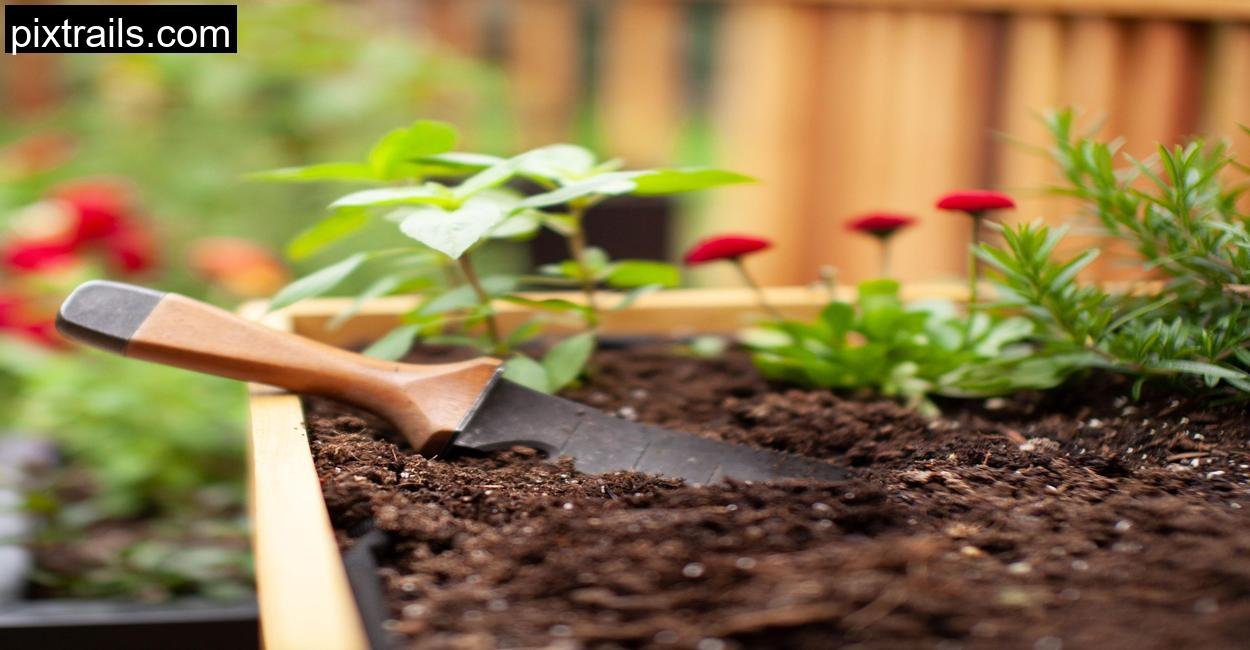
I used to collect garden tools like souvenirs. But soon realized: I always reached for the same one, a hori hori knife.
Dig, cut, plant, pry, even measure depth. This Japanese-inspired tool does everything short of making coffee. My favorite is one with a wooden handle and sharp steel blade. I haven’t bought another tool in years.
The lesson? One good tool can outlive a drawer full of cheap gadgets.
Technical Table: My Current Container Veg Garden Setup
| Crop | Container Type | Soil Mix | Harvest Cycle | Cost-Saving Hack |
| Lettuce | 10L Plastic Tub | Compost + Cocopeat + Soil | Every 3 weeks | Regrow from core |
| Tomatoes | Self-watering 20L bucket | Potting mix + egg shells | 2–3 months | DIY planter |
| Green onions | Yogurt cups | Garden soil + Compost | Continuous | Grown from kitchen scraps |
| Kale | Cement pot | Leaf mold + Vermicompost | 6–8 weeks per cycle | Cut-and-come-again harvests |
| Spinach | Plastic drawer | Rich loam + kitchen compost | Every 4–5 weeks | Homemade compost |
| Celery | 5L recycled tub | Garden soil + worm tea | Slow, continuous | Regrown from grocery scrap |
| Chard | Earthen pot | Regular soil + compost | Every 3–4 weeks | Regrows after cutting |
| Carrot greens | Flat tray | Shallow compost-rich mix | 1–2 weeks for greens | Use tops only |
In Closing: A Garden Grown With Intention, Not Money
There were no golden shovels or Instagram-worthy patio shots when I started. Just me, some forgotten pots, and a determination to grow without going broke.
Over time, that effort bloomed into something much richer than the harvests alone, it gave me confidence, purpose, a bit of peace, and a lot of salad.
You don’t need deep pockets to grow deep roots. Just a little soil, a spark of curiosity, and the willingness to start with what you have.
Happy growing. 🌱
Can I grow vegetables in any kind of container?
Yes, absolutely. Buckets, broken kettles, yogurt tubs, even old tires, if it holds soil and drains water, it’s fair game.
What’s the cheapest way to get soil for containers?
Combine local garden soil with homemade compost, leaf mold, and cocopeat. Add kitchen scraps for nutrients.
Which vegetables regrow the fastest from scraps?
Green onions, lettuce cores, celery, and garlic greens are great starters and regrow quickly.
